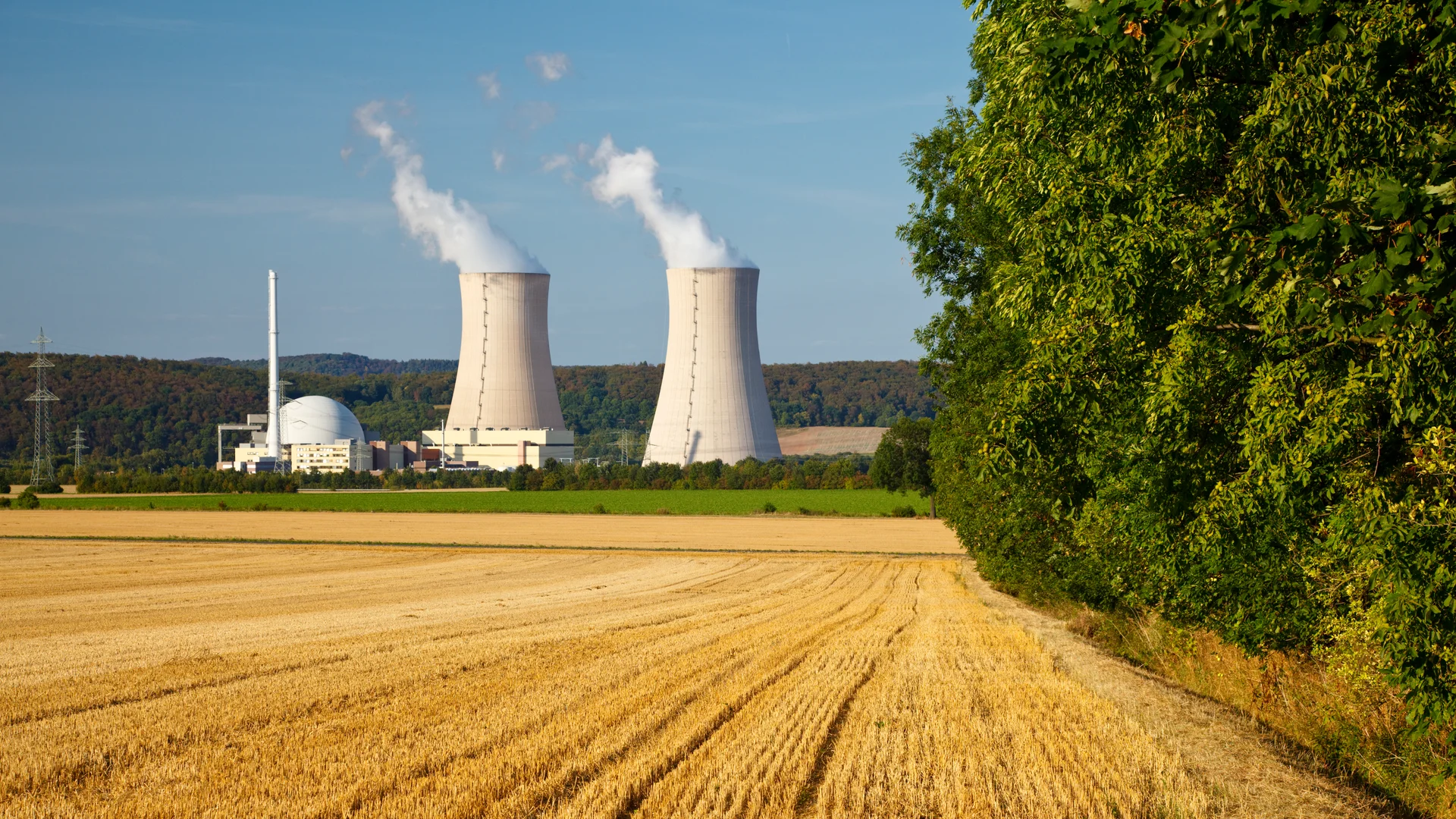Proactive environmental planning for nuclear power projects

As energy demand grows exponentially, nuclear power is well-positioned to meet increasing needs. But before a single watt is generated, success depends on a critical phase: the up-front environmental process. The following are considerations to navigate the process with efficiency and transparency while producing positive environmental outcomes.
Minimizing nuclear power environmental impacts through strategic planning
Collaboration between environmental professionals and engineers on both desktop and field studies can yield vital information. These studies can include wetland delineation, threatened and endangered species surveys, cultural and historic resource assessments, and hydrological and geological evaluations.
Identifying sensitive resources, cultural sites and other constraints early improves site assessments and risk mitigation during development of site layout options. It allows developers to:
Avoid or minimize environmental impacts
Comply with mitigation measures such as habitat restoration or species relocation
Maintain project momentum
Align with issues important to stakeholders
Taking a proactive approach supports both environmental stewardship and regulatory efficiency, especially when integrated with Geographic Information Systems (GIS) and predictive modeling tools.
Stakeholder engagement and NEPA regulations compliance reviews
Stakeholder engagement is required by the Nuclear Regulatory Commission (NRC) as part of the National Environmental Policy Act (NEPA) review process – to ensure that communities, regulators and others are informed and involved throughout the licensing process. This includes:
Public scoping meetings
Tribal consultations
Coordination with state and local agencies
Outreach to underserved communities
Satisfying the stakeholder engagement requirement, however, does not guarantee effectiveness. Building strong relationships – staying in regular contact with and seeking input from all relevant agencies and parties – smooths the way from early planning through construction and operation. It also ensures continuous compliance and best practices at every stage, including during post-construction monitoring and adaptive management.
Nuclear power site selection and environmental risk mitigation strategies
Black & Veatch has more than 40 years of experience in environmental permitting across the U.S. – including Combined License (COL) applications and supporting studies for major utility clients. Knowing the importance of critical issues analysis and the value of early studies in successful project development gives an edge in:
Critical issues analysis, to identify fatal flaws early
Defensible site selection process based on multi-criteria decision analysis (MCDA)
Baseline environmental data collection to support robust and accurate Environmental Impact Statements (EIS)
Site selection and environmental risk mitigation are not standardized processes. The unique characteristics of each site must be evaluated against the requirements of each reactor technology under consideration. No one solution fits all reactor technologies. Experience with multiple vendors – understanding that each has different requirements – is crucial.
From determining site viability quickly to providing a clear go/no-go decision framework, proactive environmental planning reduces costs, avoids delays and streamlines the path to regulatory approval. This includes evaluating proximity to cooling water sources, seismic stability, population density and emergency planning zones.
Aligning nuclear power project development with NEPA requirements
NEPA review requirements are the primary driver of nuclear power environmental planning. Black & Veatch’s environmental team has worked with the NRC and most other federal agencies to write numerous Environmental Assessments (EA) and Environmental Impact Statements (EIS). The key considerations include:
Cumulative impact analysis
Alternatives analysis that stands up to NRC scrutiny
Alignment with the NRC’s Generic Environmental Impact Statement (GEIS) for advanced reactors
To ensure that every step aligns with federal expectations, maintaining awareness of evolving NEPA and other environmental regulations is essential. That includes the NRC’s proposed rule updates and integration of climate resilience into project reviews. Meanwhile, it’s also important to have available interim energy solutions, such as natural gas or backup generation, supported by extensive environmental planning, study, permitting and compliance expertise.
Future-focused environmental planning for nuclear energy projects
In today’s energy landscape, everyone wants power now. But speed must be balanced with proper planning to minimize impacts and ensure that the best possible project moves forward. Shaping environmental planning early and aligning it with project goals:
Streamlines the NRC licensing process by focusing studies on the information needed and reducing supplemental information requests
Minimizes environmental and regulatory risks through early detection, avoidance, and mitigation
Delivers projects with confidence and clarity, backed by a strong environmental record
Working with a comprehensive environmental advisor enhances nuclear project development, moving projects from concept to completion efficiently, responsibly and sustainably.
Contact Us
Looking for a partner in innovation?
Let's Talk
